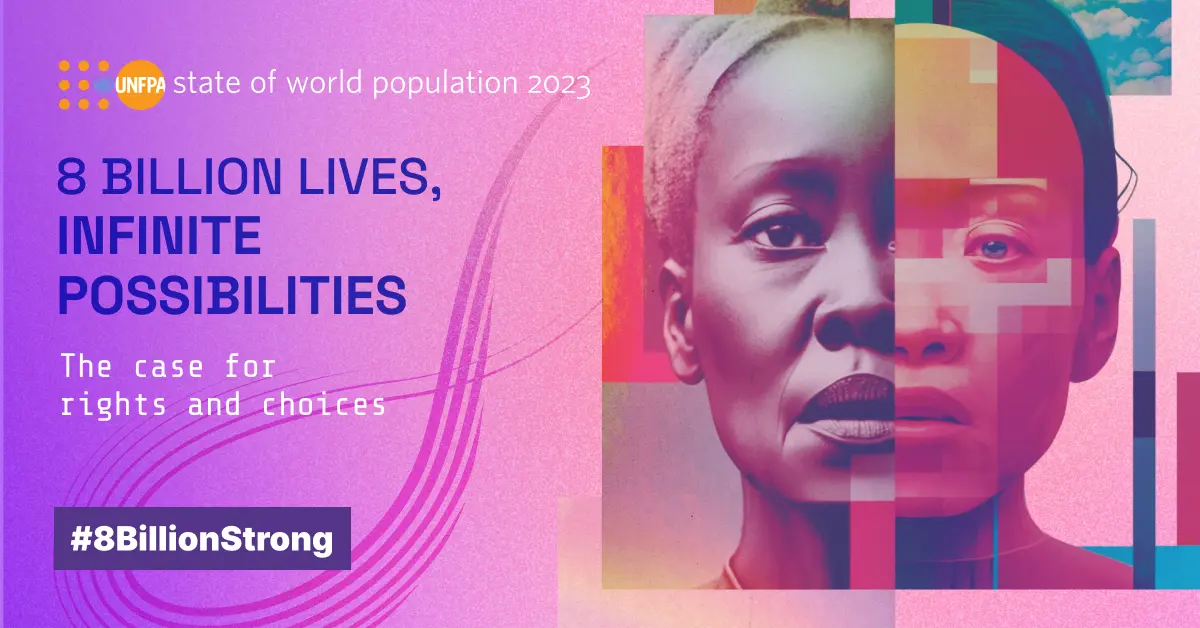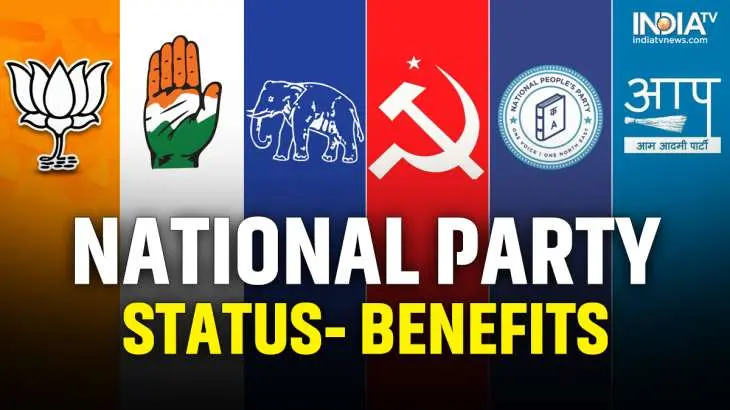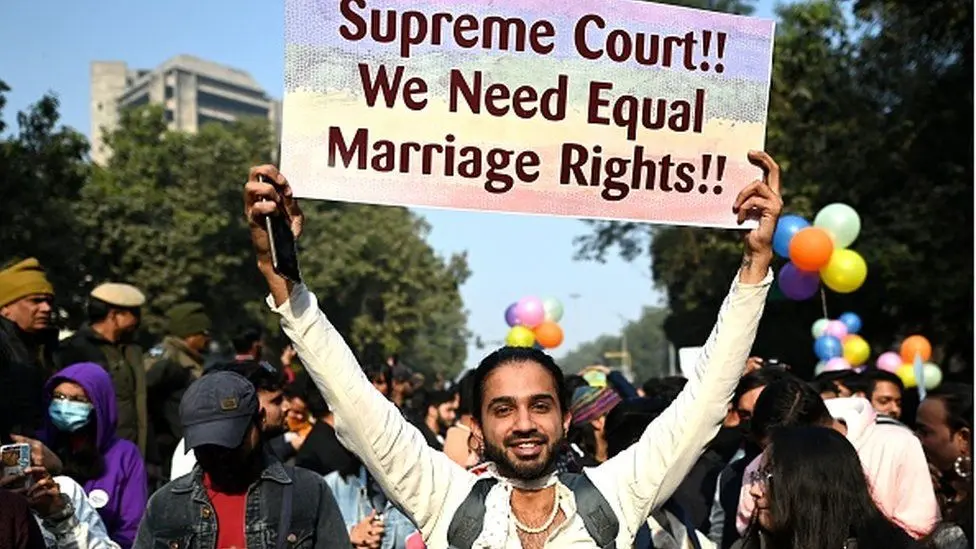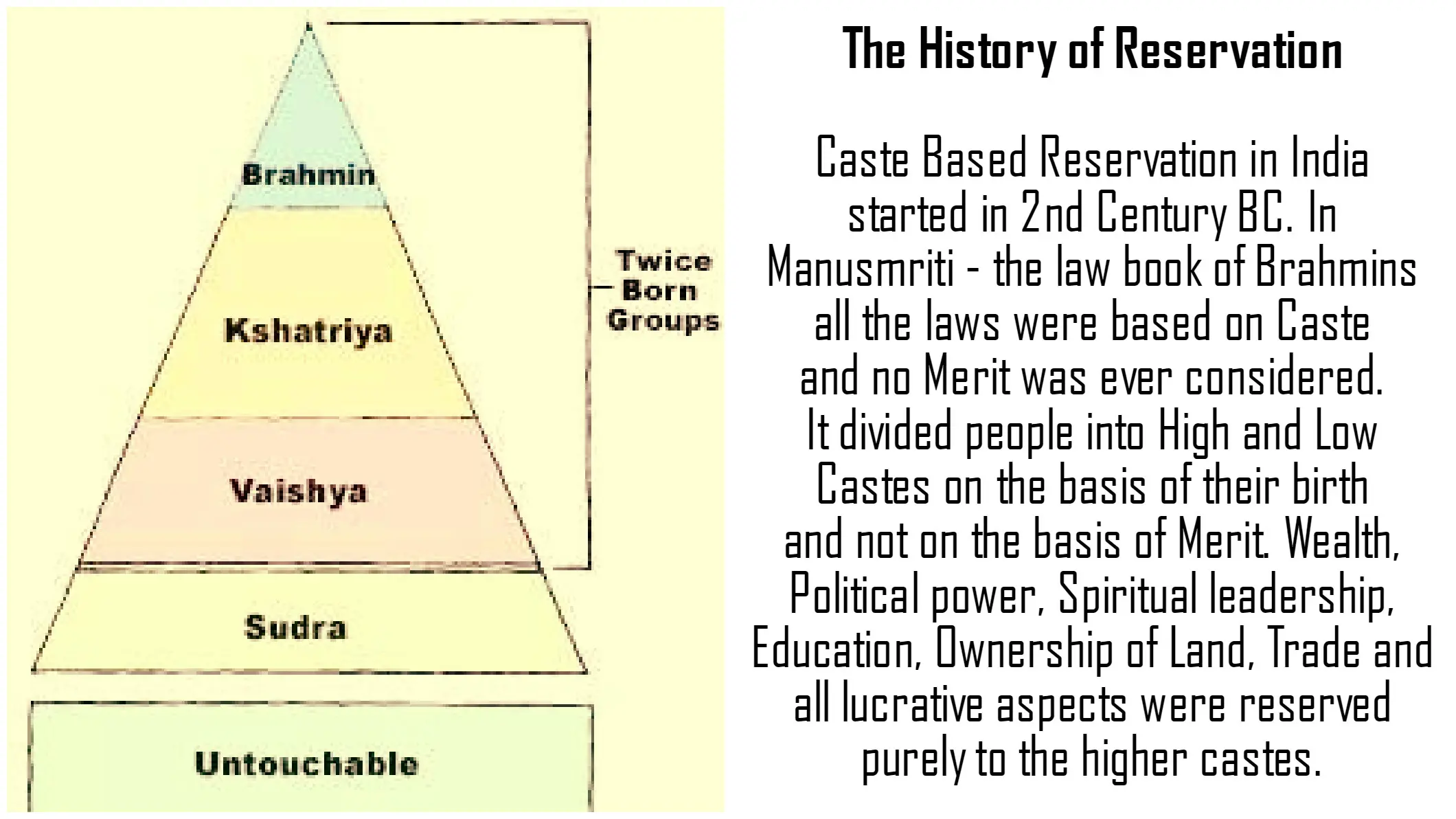UN population report: Key takeaways for India and the world
various security forces
Various Security Forces, Agencies and Their Mandates Cabinet Committee on Security (CCS)The Cabinet Committee on Security (CCS) of the Government of India is the final decision-making body on senior appointments in the national security apparatus. It discusses, debates and formulates defence policy and expenditure, and generally all matters of India's national security. The composition of the CCS is:Prime Minister of IndiaMinister of DefenceMinister of Home AffairsMinister of FinanceMinister of External AffairsThe National Security Adviser, the Cabinet Secretary and the Defence Secretary are attendees of the CCS meetings. National Security Council (NSC)The National Security Council (NSC) of India is an executive government agency tasked with advising the Prime Minister's Office on matters of national security and strategic interest. It was established by the former Prime Minister of India, Atal Bihari Vajpayee, on 19th November 1998, with Brajesh Mishra as the first National Security Advisor.The NSC is the apex body of the three-tiered structure of the national security management system in India. The three tiers are the Strategic Policy Group, the National Security Advisory Board and a secretariat from the Joint Intelligence Committee.The National Security Advisor (NSA), Chief of Defence Staff (CDS), the Deputy National Security Advisors, the Ministers of Defence, Secretaries of SEurity Agencies, Ministers of External Affairs, Home, Finance of the Government of India, and the Vice Chairman of the NITI Aayog are members of the National Security Council. Indian Armed ForcesThe Indian Armed Forces are the military forces of the Republic of India. It consists of three professional uniformed services: The Indian Army The Indian NavyThe Indian Air Force. The President of India is the Supreme Commander of the Indian Armed Forces. The executive authority and responsibility for national security is vested in the Prime Minister of India and the Cabinet. The Indian Armed Forces are under the direct control of the Ministry of Defence, Government of India. The Indian armed forces are the world's second-largest military force. The Global Firepower Index report 2022 lists it as the fourth most-powerful military in the world.The Chief of Defence Staff of the Indian Armed Forces (CDS) is the professional head and permanent Chairman of the Chiefs of Staff Committee (COSC)- the Chief of Army Staff, Chief of Naval Staff, Chief of Air Staff- of the Indian Armed Forces. The Chief of Defence Staff is the highest-ranking uniformed officer on active duty in the Indian military and chief military adviser to the Minister of Defence.The Indian Coast Guard (ICG)The Indian Coast Guard (ICG) is a maritime law enforcement and search and rescue agency of India with jurisdiction over its territorial waters including its contiguous zone and exclusive economic zone. It was formally established on 1st February 1977 by the Coast Guard Act, 1978 of the Parliament of India, on the recommendations of the Nagchaudhuri Committee.It operates under the Ministry of Defence.The Coast Guard works in close cooperation with the Indian Navy, the Department of Fisheries, the Department of Revenue (Customs), and the Central Armed Police Forces, and the State Police Services. Its functions include:Safety and protection of artificial islands, offshore terminals and other installationsProtection and assistance to fishermen and mariners at seaPreservation and protection of marine ecology and environment including pollution controlAssistance to the Department of Customs and other authorities in anti-smuggling operationsLaw enforcement in territorial as well as international watersScientific data collection and supportNational defence during hostilities (under the operational control of the Indian Navy) Central Armed Police Forces (CAPFs)Central Armed Police Forces were formerly referred to as Paramilitary Forces. From March 2011, the Ministry of Home Affairs adopted a uniform nomenclature of Central Armed Police Forces. There are 7 CAPFs as per the data of Ministry of Home Affairs.Assam Rifles (AR)Border Security Force (BSF)Indo Tibetan Border Police (ITBP)Central Industrial Security Force (CISF)Central Reserve Police Force (CRPF)National Security Guard (NSG)Sashastra Seema Bal (SSB)1. Assam Rifles (AR)The oldest paramilitary force of India. It was originally raised in 1835 by the name of ‘Cachar Levy’.Also known as "Sentinels of North East" and "Friends of the Hill People"Administered by the Ministry of Home Affairs (MHA)Under Operational control of the Indian Army.Commanded by the Director General of the AR, who reports to the MHA.The Assam Rifles is responsible for border security, counter-insurgency, and maintaining law and order in Northeast India.It guards the Indo-Myanmar border 2. Border Security Force (BSF)The Border Security Force (BSF) is India's border guarding organisation on its border with Pakistan and Bangladesh.It was raised on 1st December, 1965 during the 1965 war for ensuring the security of the borders of India.Administered by the Ministry of Home Affairs (MHA)The BSF has its own cadre of officers but its head, designated as a Director-General (DG), is an officer from the Indian Police Service.It is the only CAPF to have a Water Wing, Air Wing and an Artillery Regiment. It currently stands as the world's largest border guarding force. BSF has been termed as the First Line of Defence of Indian territories.It has several roles during peace time and war time-Border guard and security.Prevention of trans-border crimes, unauthorized entry into or exit from the territory of India.Prevention of smuggling and any other illegal activities on the border.Anti-infiltration duties.Trans-border intelligence.Acting as guides to the Army in border areas during war time.Holding ground in assigned sectors.Performing special tasks connected with intelligence including cross-border raids.Assistance in control of refugees. 3. Indo Tibetan Border Police (ITBP)The ITBP is a border guarding organisationIt was raised on 24 October, 1962 in the aftermath of the Sino-Indian War of 1962.. Administered by the Ministry of Home Affairs (MHA) and headed by an IPS Officer.The ITBP guards 3,488 km long India-China borders ranging from the Karakoram Pass in Ladakh to Diphu La in Arunachal Pradesh. ITBP also conducts relief and rescue operations as 'First Responders' for natural calamities in the Himalayan region. ITBP was the first to establish 06 (now 08) Regional Response Centres in Himachal Pradesh, Uttarakhand and Northeast IndiaITBP is a mountain trained force and most of the officers & men are professionally trained mountaineers and skiers.It also checks illegal immigration and trans-border smuggling.ITBP is also providing security to the pilgrims during Annual Kailash Mansarovar Yatra from 1981.ITBP Commando units provide security to the Embassy and consulates of India in Afghanistan. 4. Central Industrial Security Force (CISF)The CISF was set up on 10 March 1969The CISF is governed by the Union Ministry of Home Affairs and headed by an IPS Officer.It guards sensitive governmental buildings, the Delhi Metro, and provides airport security.CISF provides security to over 356 industrial units (including 13 Private Sector Units), government infrastructure projects, and facilities and establishments located all over India. These include atomic power plants, space installations, mines, oil fields and refineries, major ports, heavy engineering, steel plants, barrages, fertiliser units, airports and hydroelectric/thermal power plants owned and controlled by Central Public Sector Undertakings (PSUs), and currency note presses.It also plays a major role in Disaster Management. The CISF has a 'Fire Wing' which helps during fire accidents in Industries where the CISF is on guard.The dog squad of CISF is an important component of the force. The dogs are trained to sniff and identify IEDs and narcotics. 5. Central Reserve Police Force (CRPF)The CRPF came into existence as the Crown Representative's Police on 27 July 1939. After Indian independence, it became the Central Reserve Police Force on enactment of the CRPF Act on 28 December 1949.The CRPF is governed by the Union Ministry of Home Affairs and headed by an IPS Officer. It is the largest force among CAPFs.It's primary role lies in assisting the State/Union Territories in police operations to maintain law and order and counter-insurgency. In 2008 a wing called Commando Battalion for Resolute Action(CoBRA) was added to the CRPF to counter the Naxalite movement.The CRPF plays an increasingly large role in India's general elections by dealing with the situations of unrest and violence. CRPF contingents are also being deployed in UN missions.The force played a significant role during the amalgamation of the princely States into the Indian Union soon after independence. 6. National Security Guard (NSG)The National Security Guard (NSG), commonly known as Black Cats, is an elite counter-terrorism and anti-hijacking force of India.It was founded on 16 October 1984, following Operation Blue Star, for combating terrorist activities and protect states against internal disturbances.It comes under the Ministry of Home Affairs and headed by an IPS Officer.The NSG is a 'Federal Contingency Deployment Force' to tackle all facets of terrorism in the country.The NSG is trained to conduct counter-terrorist tasks, including countering hijackings on the land, sea, and air; bomb disposal (search, detection, and neutralisation of IEDs); PBI (Post Blast Investigation) and Hostage Rescue missions.About 300 NSG commandos and 700 Border Security Force troops stormed the Golden Temple in Operation Black Thunder I. The Temple was cleared and handed over to Punjab Police on 1 May 1986.NSG Commandos stormed a hijacked Indian Airlines Boeing 737 with 141 passengers on board at Amritsar airport during Operation Ashwamedh.26 November 2008 Mumbai attacks – Operation Black Tornado and Operation Cyclone to flush out terrorists & rescue hostages after multiple attacks across Mumbai, India. 7. Sashastra Seema Bal (SSB)Sashastra Seema Bal (SSB; transl. Armed border force) is a border guarding force of India deployed along its borders with Nepal and Bhutan. It is under the administrative control of the Ministry of Home Affairs (MHA).The force was originally set up under the name Special Service Bureau in 1963 under the control of Intelligence Bureau (late R&AW), in the aftermath of the Sino-India War, 1962, with the view that in the event of an attempt by the Chinese to invade and occupy Indian territory, the force will merge with the border population, donning civilian attire, working a parallel administration and carry out the war of India with the help of guerrilla tactics.In 2001, the SSB was transferred to the Ministry of Home Affairs from R&AW after the adoption of the "one border one force concept" proposed by the Kargil Review Committee formed post Kargil war.SSB is the first border guarding force that decided to recruit women battalions. SSB is also engaged in Counter-Insurgency operations in Jammu and Kashmir and Anti-Naxal operations in Jharkhand, Bihar and Chhattisgarh.It is also performing internal security duties i.e. Election duties and law and order duties in different parts of India. Other Specialised Forces1. Special Frontier Force (SFF)The Special Frontier Force (SFF) is an Indian special operations unit created on 14 November 1962.the unit is a mixture of Tibetans and Gurkhas from Nepal.Its primary goal originally was to conduct covert operations behind Chinese lines in the event of another Sino-Indian War. Throughout its history, SFF has fought in India's major external wars including the Bangladesh Liberation War and the Kargil War.It has been part of border operations against China, including the 2020–2021 China–India skirmishes.It has also been involved in internal security, including Operation Blue Star It falls under the authority of the Directorate General on Security in the Cabinet Secretariat headed by an Inspector General (SFF) who is a Major General of the Indian Army and who reports directly to the Prime Minister's Office.their operational control lies with the Army The primary task of SFF is defence against the People's Liberation Army (PLA) Ground Force as well as conducting clandestine intelligence gathering and commando operations along the Chinese border. 2. Special Protection Group (SPG)The Special Protection Group (SPG) is an agency of the Government of India whose sole responsibility is protecting the Prime Minister of India and in some cases, his or her family. It was formed in 1988 by an Act of the Parliament of India. The "general superintendence, direction and control" of the SPG is exercised by the Government of India.The head of the force, the Director, is an officer of the Indian Police Service (IPS) The SPG protects the Prime Minister at all times both in India and abroad, as well as the Prime Minister's immediate family members residing with them at their official residence. Recruits are drawn from enlisted ranks of the Central Armed Police Forces and Railway Protection Force.Presently, Prime Minister Narendra Modi is the only SPG protectee. 3. Railway Protection Force (RPF)Railway Protection Force is a security force under the ownership of Indian Railways, Ministry of Railways established by the Railway Protection Force Act, 1957 enacted by the Indian Parliament for the better protection and security of railway property and passenger area.It has the power to search, arrest, investigate, and prosecute offenses committed under Railway Property (Unlawful Possession) Act 1966, The Railways Act, 1989 (amended from time to time). However the power of arrests under other penal laws rests in the hands of the Government Railway Police (GRP) of state police. All the officers of Railway Protection Force are members of the Indian Railway Protection Force Service (IRPFS) and are recruited through UPSC Civil Services Examination. The Director-General of RPF is an Indian Police Service (IPS) officer. The percentage of women in the RPF is the highest among all central paramilitary forces in India (10% as of March 2019). 4. National Disaster Response Force (NDRF)The National Disaster Response Force (NDRF) is an Indian specialized force constituted under the Disaster Management Act, 2005.It is formed under the National Disaster Management Authority (NDMA) for a special response to a threatening disaster situation or disaster.The Prime Minister is the ex-officio Chairman of the NDMA. The aim of the NDMA is to build a safer and disaster resilient India by developing a holistic, proactive, multi-disaster and technology driven strategy for disaster management through a culture of prevention, mitigation and preparedness to generate a prompt and efficient response at the time of disasters.The responsibility of managing disasters in India is that of the State Government. The Ministry of Home Affairs (MHA) is the nodal ministry in the central government for management of natural disasters.When 'calamities of severe nature' occur, the Central Government is responsible for providing aid and assistance to the affected state, including deploying, at the State's request, of Armed Forces, Central Paramilitary Forces, National Disaster Response Force (NDRF), and such communication, air and other assets, as are available and needed.The Director Generals of NDRF are IPS officers on deputation from Indian police organizations. These NDRF battalions are located at twelve different locations in the country based on the vulnerability profile to cut down the response time for their deployment. During the preparedness period/in a threatening disaster situation, proactive deployment of these forces is carried out by the NDMA in consultation with state authorities. Intelligence and Investigative Agencies of India 1. Central Bureau of Investigation (CBI)The Central Bureau of Investigation (CBI) is the premier investigating agency of India.CBI is India's officially designated single point of contact for liaison and coordination with the Interpol.It operates under the jurisdiction of the Ministry of Personnel, Public Grievances and Pensions. set up in 1965 The CBI is headed by a Director, an IPS officer with a rank of Director General of Police.The legal powers of investigation of the CBI are derived from the Delhi Special Police Establishment (DSPE) Act 1946.The central government may extend to any area (except Union Territories) the powers and jurisdiction of the CBI for investigation, subject to the consent of the government of the concerned state. the CBI can investigate economic, corruption, and special crimes (including national security, drugs and narcotics, etc.CBI is exempted from the provisions of the Right to Information Act. This exemption was granted by the government on 9 June 2011 (with similar exemptions to the National Investigating Agency (NIA), the Directorate General of Income Tax Investigation and the National Intelligence Grid (Natgrid) on the grounds of national security. 2. National Crime Records Bureau (NCRB)The National Crime Records Bureau is an Indian government agency responsible for collecting and analyzing crime data as defined by the Indian Penal Code (IPC) and Special and Local Laws (SLL). NCRB comes under the Ministry of Home Affairs (MHA) NCRB was set-up in 1986 to function as a repository of information on crime and criminals so as to assist the investigators in linking crime to the perpetrators. Its main functions are:Create and maintain secure shareable National Databases on crimes and criminals for law enforcement agencies and promote their use for public service delivery.To Empower Indian Police with Information Technology and criminal Intelligence To act as National repository of fingerprints of all criminalsTo provide leadership and excellence in crime analysis particularly for serious and organized crime.Lead and coordinate development of IT applications and create an enabling IT environment for Police organizations.Training and capacity building in Police Forces in Information Technology and Finger Print Science. 3. Intelligence Bureau (IB)The Intelligence Bureau (IB) is India's domestic internal security and counter-intelligence agencyIt comes under Ministry of Home Affairs and headed by an IPS Officer.It was founded in 1887 as Central Special Branch, and is reputed to be the oldest such organization in the world.Until 1968, it handled both domestic and foreign intelligence after which Research and Analysis Wing (R&AW) was formed specifically for foreign intelligence. Following this, IB was primarily assigned the role of domestic intelligence and internal security. The IB is used to garner intelligence from within India and also execute counter-intelligence and counter-terrorism tasks. The IB is particularly tasked with intelligence collection in border areas, following the 1951 recommendations of the Himmat Singh Ji Committee (also known as the North and North-East Border Committee).The IB also passes intelligence between other Indian intelligence agencies and the police. It was reported in 2008 that the IB had been successful in busting terror modules. It alerted the police before the Hyderabad blasts and gave repeated warnings of a possible attack on Mumbai through the sea before the November 2008 Mumbai attacks. The operations conducted by the IB are rarely declassified due to the extreme secrecy surrounding the agency. The IB was trained by the Soviet KGB from the 1950s onward until the collapse of the Soviet Union. 4. National Investigation Agency (NIA)The National Investigation Agency (NIA) is the primary counter-terrorist task force of India. The Agency came into existence with the enactment of the National Investigation Agency Act 2008 by the Parliament of India on 31 December 2008, which was passed after the deadly 26/11 terror attack in Mumbai.The agency is empowered to deal with the investigation of terror related crimes across states without special permission from the states under written proclamation from the Ministry of Home Affairs.Headquartered in New Delhi, the NIA has branches in Hyderabad, Guwahati, Kochi, Lucknow, Mumbai, Kolkata, Raipur, Jammu, Chandigarh, Ranchi, Chennai, Patna, Bengaluru, and Imphal.It maintains the NIA Most Wanted list.The NIA (Amendment) Bill 2019 was passed by the parliament on 17 July 2019. It empowers the NIA to probe terror attacks targeting Indians and Indian interests abroad. The amended legislation aims to empower the anti-terror agency to investigate scheduled offences such as human trafficking; circulation of fake currency; manufacture and sale of prohibited arms; and cyber-terrorism. The central government may direct the NIA to investigate such cases, as if the offence has been committed in India. The Special Court in New Delhi will have jurisdiction over these cases. 5. Narcotics Control Bureau (NCB)The Narcotics Control Bureau is an Indian central law enforcement and intelligence agency under the Ministry of Home Affairs. It was created on 17th March 1986 to enable the full implementation of The Narcotic Drugs and Psychotropic Substances Act, 1985 and fight its violation through the Prevention of Illicit Trafficking in Narcotic Drugs and Psychotropic Substances Act, 1988.The agency is tasked with combating drug trafficking and the use of illegal substances under the provisions of Narcotic Drugs and Psychotropic Substances Act.The Director General of NCB is mostly an officer from the Indian Police Service (IPS) or the Indian Revenue Service (IRS).Headquarters- DelhiIts field units and offices are organised by zones and are located in Mumbai, Indore, Kolkata, Delhi, Chennai, Lucknow, Jodhpur, Chandigarh, Jammu, Ahmedabad, Bengaluru, Guwahati and Patna.The NCB is outside the ambit of the Right to information Act under Section 24(1) of the RTI act 2005.The chief purpose of the Narcotics Control Bureau is to fight drug trafficking on an all-India level.It works in close cooperation with the Customs and Central Excise/GST, State Police Department, Central Bureau of Investigation (CBI), Central Economic Intelligence Bureau (CEIB) and other Indian intelligence and law enforcement agencies both at the national and states level.It provides resources and training to the personnel of India's Drug Law Enforcement Agencies in fighting drug trafficking.It also monitors India's frontiers to track down points where smuggling activities take place with foreign traffickers. 6. Research and Analysis Wing (R&AW)The Research and Analysis Wing is the foreign intelligence agency of India.It was formed in the aftermath of the 1962 Indo- China, and 1965 Indo-Pak war. The Indira Gandhi administration decided that a full-fledged second security service was needed. R. N. Kao, then a deputy director of the Intelligence Bureau, submitted a blueprint for the new agency. Kao was appointed as the chief of India's first foreign intelligence agency, the Research and Analysis Wing formed in 1968.The head of R&AW is designated as the Secretary (Research) in the Cabinet Secretariat, and is under the authority of the Prime Minister of India without parliamentary oversight.The agency's primary function is gathering foreign intelligence, counter-terrorism, counter-proliferation, advising Indian policymakers, and advancing India's foreign strategic interests.It is also involved in the security of India's nuclear programme.Its other objectives are:Monitoring the political, military, economic and scientific developments in countries which have a direct bearing on India's national security and the formulation of its foreign policy.Moulding international public opinion and influence foreign governments.Covert Operations to safe guard India's National interests.Anti-terror operations and neutralising elements posing a threat to India.















